
George Lucas is best known as the creator of the Star Wars and Indiana Jones film franchises, but he was the mastermind behind several other, less well-known cinematic adventures as well. Of these, perhaps the one with the largest cult following is Willow, the story of an aspiring sorcerer (and little person) charged with protecting a baby from a wicked sorceress.
Directed by Ron Howard, the film received a lukewarm reception from critics and underperformed at the box office. Fortunately, Willow found an audience through its subsequent home media releases and television screenings. Today, you’ll find fans who are passionate about Davis’ kind-hearted Willow, Val Kilmer’s conceited swordsman Madmartigan, Joanne Whalley’s warrior princess Sorsha, and their struggle against Jean Marsh’s evil Queen Bavmorda.
It’s not hard to see why, either. As with the best of Lucas’ fantasy outings, Willow draws upon established mythic archetypes and storytelling tropes to create something paradoxically original and reassuringly familiar. If the film doesn’t quite live up to the standard set by Star Wars – and really, what could? – that’s largely because it doesn’t try to.
Rather than being a sprawling space epic, Willow is a more modest fairytale – which doesn’t mean that it scrimps when it comes to either spectacle or wonder. Indeed, some of the visual effects work carried out on the film were nothing short of revolutionary, and can still elicit a delighted gasp even now.
In honor of the movie’s 30th anniversary this year, we’ve pulled together this list of 20 Crazy Details Behind The Making Of Willow.
20 No Studio Wanted To Finance It
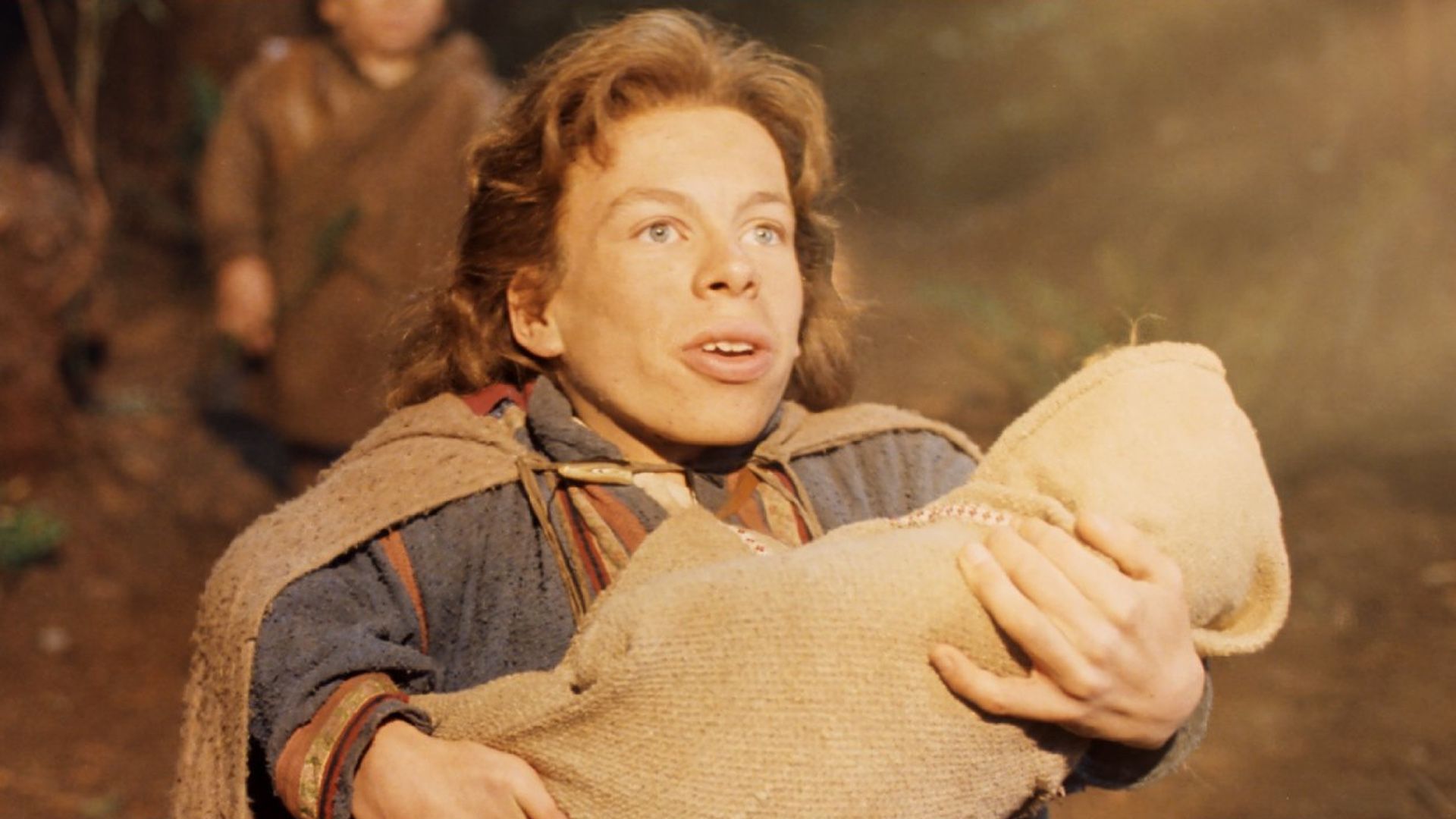
See, the problem was that other fantasy flicks released around that time – including Labyrinth, Dragonslayer, Legend, and Krull – had tanked at the box office. Luckily, Lucas was ultimately able to secure a co-financing deal with MGM, which was run by Alan Ladd Jr., who gave the thumbs up to Star Wars years earlier.
19 Val Kilmer Is Noticeably Limping In Some Scenes
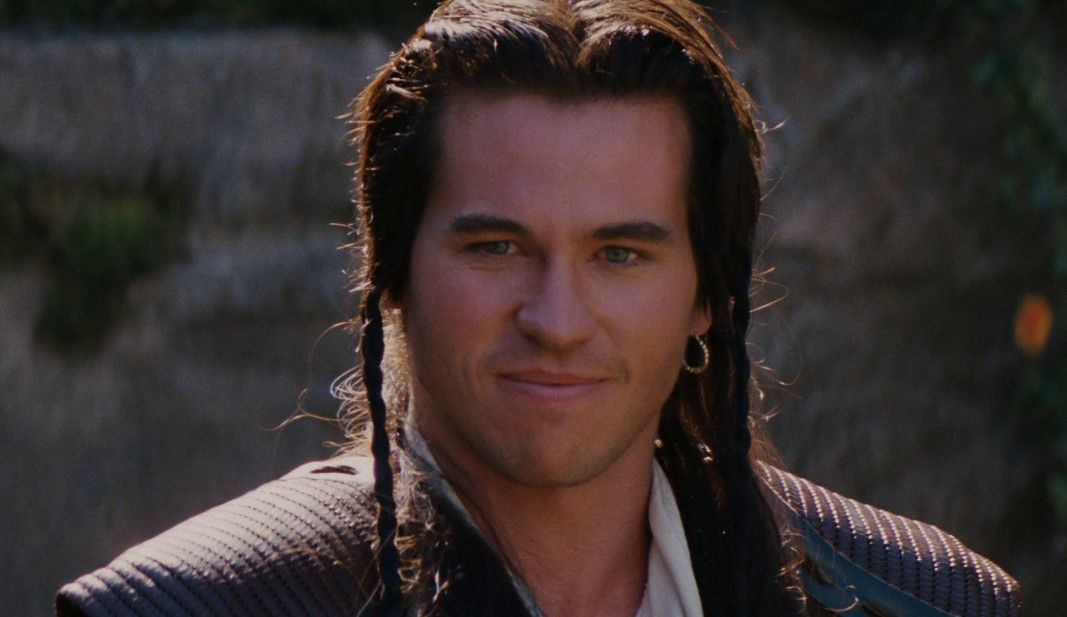
Despite the utmost care being taken to create a safe environment on set, actors sometimes find themselves getting injured while filming. Just ask Val Kilmer, who hurt his foot during principal photography on Willow, which is why Madmartigan is noticeably limping in certain scenes.
What mischief befell Kilmer?
As explained on the audio commentary that accompanies home media releases of Willow, when the star was dismounting from the crow cage prop in-between takes, the chain holding it aloft broke. This sent the heavy cage crashing down on Kilmer’s foot, resulting in a painful (but fortunately, not permanent) injury.
18 Warwick Davis Was The First Choice For Willow
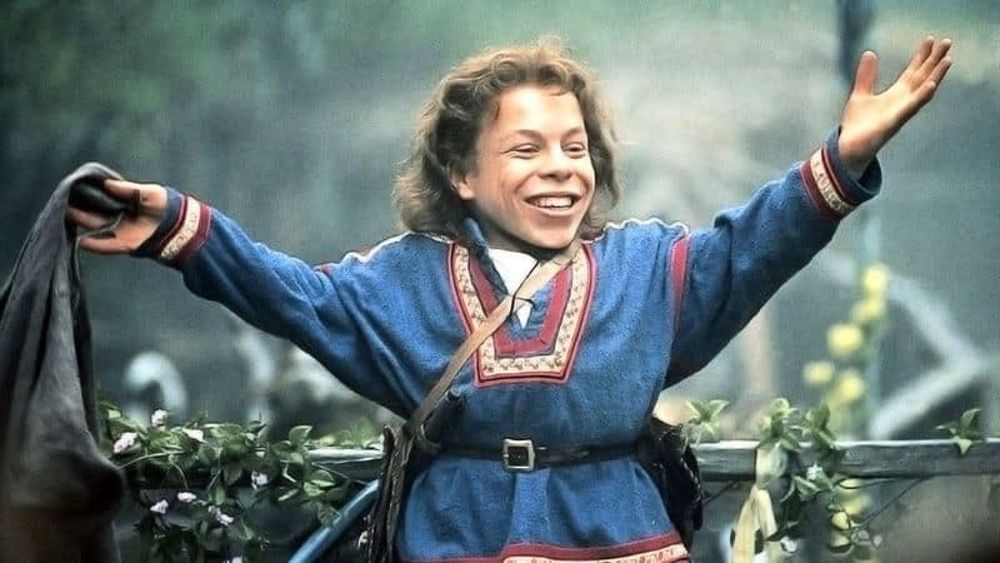
Most times, filmmakers create a character without a specific actor in mind for the part – yet in other instances, they have a very clear idea who should fill role. The casting of Warwick Davis as Willow was very much a case of the latter – as early as 1984, George Lucas expressed his desire for Davis to play the diminutive hero.
Nevertheless, Davis – a relatively inexperienced actor at the time – still underwent a series of auditions to confirm he was the best performer for the part. Although the actor had impressed Lucas with his portrayal of Wicket in Return of the Jedi, director Ron Howard still needed to double-check Davis possessed the required acting chops.
17 Val Kilmer And Joanne Whalley Got Married After Meeting On Set
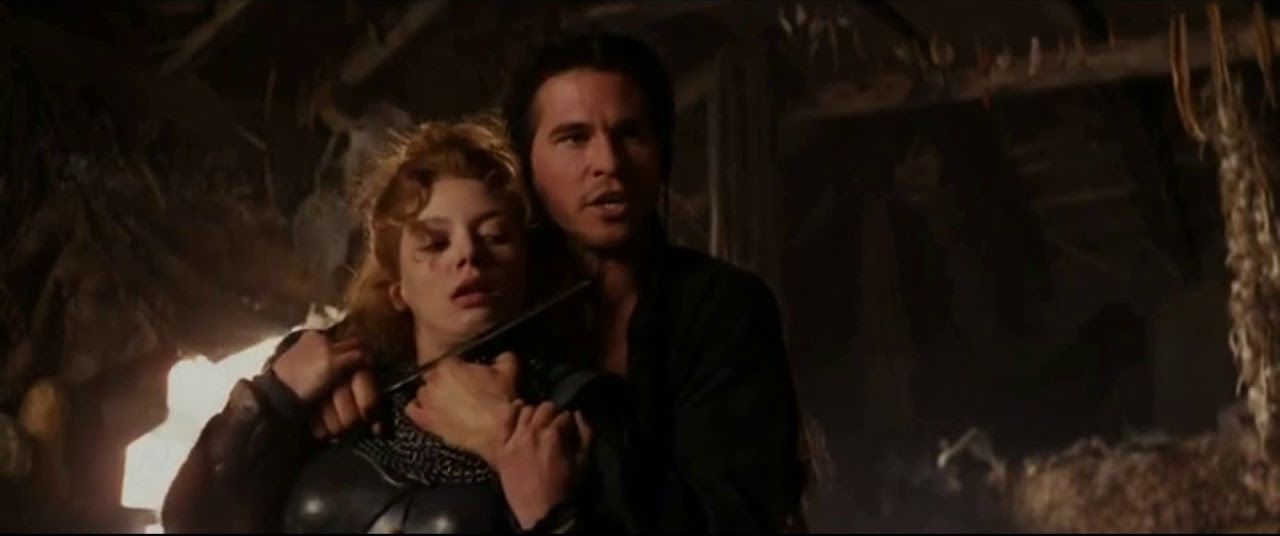
A major subplot in Willow revolves around mercenary swordsman Madmartigan and Queen Bavmorda’s warrior daughter Sorsha falling in love, leading Sorsha to repent her wicked ways. Although this is an undeniably enjoyable plot development, what’s more interesting is that romance blossomed between actors Val Kilmer and Joanne Whalley, as well.
After hitting it off on set, the pair began dating and were soon married and started a family.
Unfortunately, their marriage wound up being less of fairytale union than that of their big screen counterparts, and Kilmer and Whalley later divorced.
16 John Cusack Auditioned To Play Madmartigan
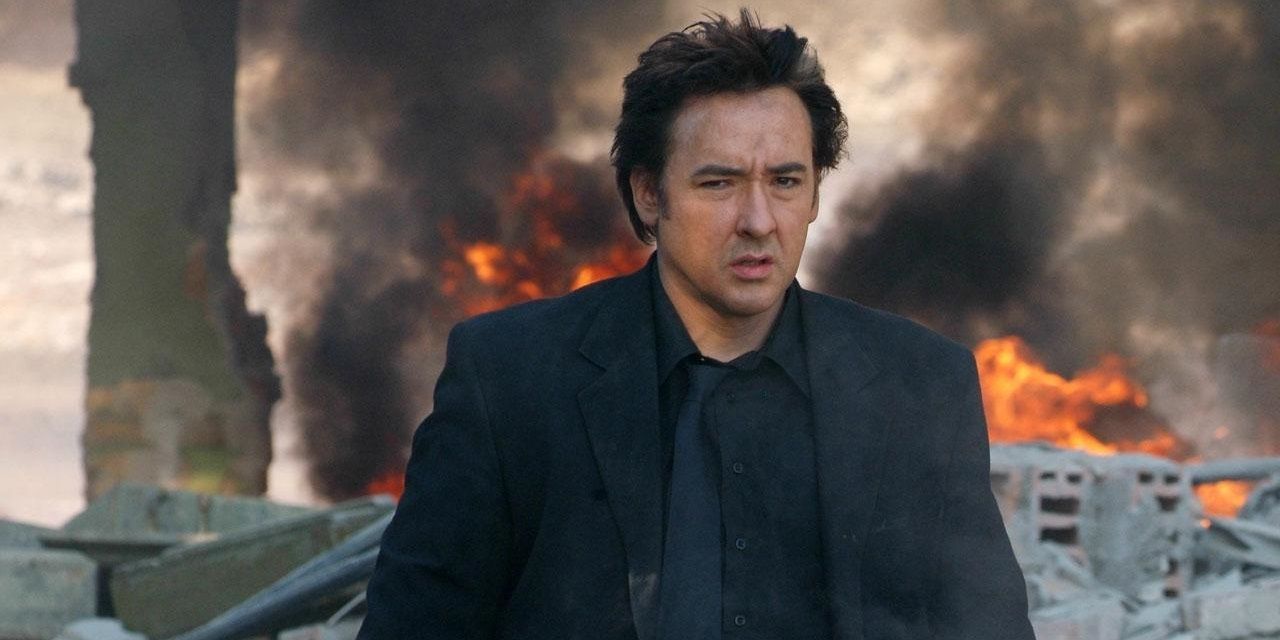
Few people would disagree that Val Kilmer was anything less than perfect as cocky rogue with a heart of gold Madmartigan in Willow. However, he wasn’t the only talented actor in the running for the part during the casting process.
Of the actors to make it to the read through stage with Warwick Davis, including Matt Frewer, aka Max Headroom, the biggest name was reportedly John Cusack. While Kilmer shone in the part, Cusack would no doubt have made for a decent Madmartigan. However, George Lucas and Ron Howard ultimately went with Kilmer, something that Cusack reportedly remains disappointed about to this very day.
15 Warwick Davis Shot His Own Behind-The-Scenes Diaries
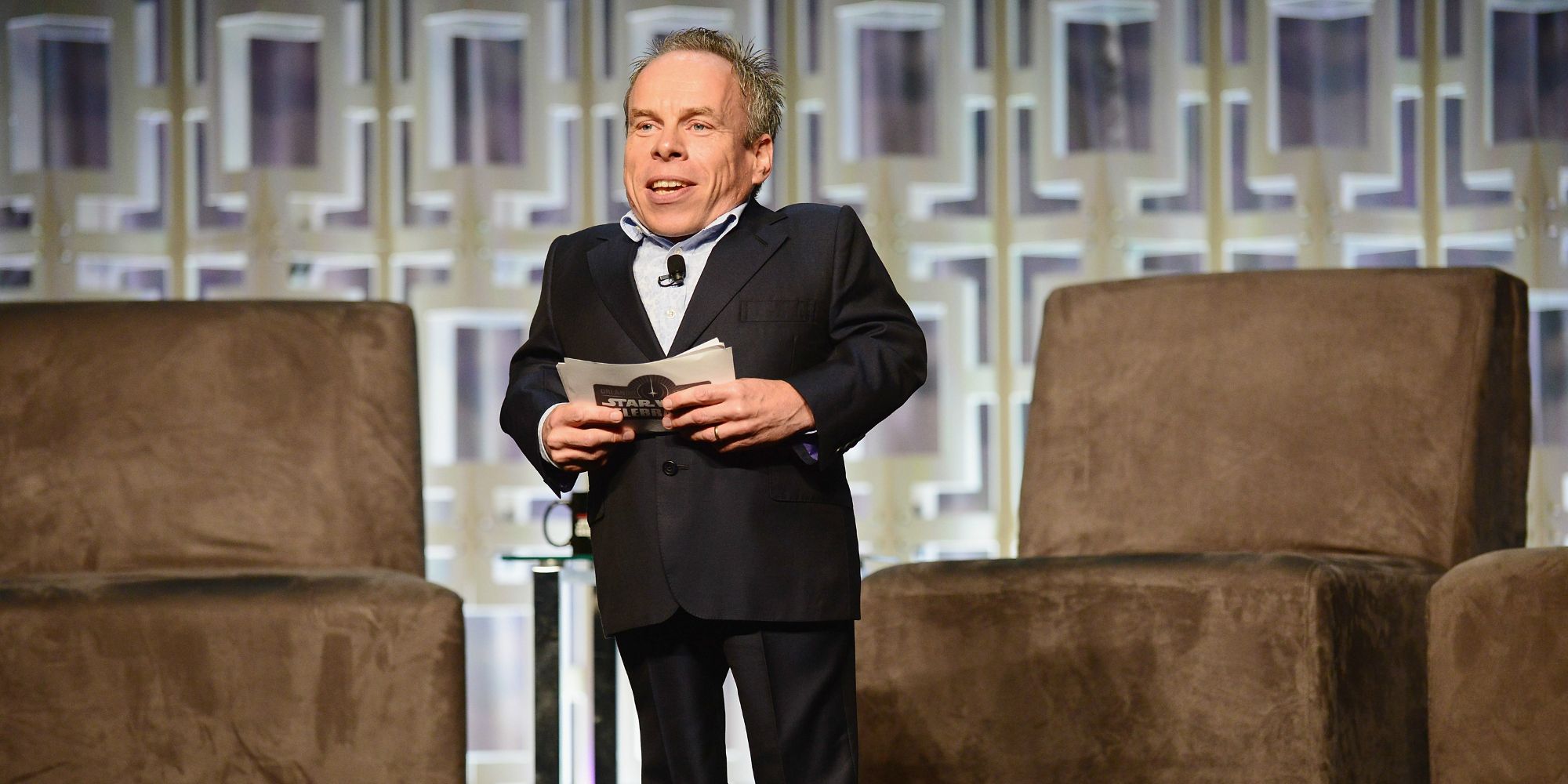
You’d think Warwick Davis’ responsibilities in front of the camera on Willow would have been more than enough to keep the 17 year old actor busy – but he was also active behind the lens, too.
To be more precise, Davis was hard at work behind his own lense, recording a series of behind the scenes video diaries during principal photography.
Davis made a behind-the-scenes featurette before those were very commonplace.
This won’t come as much of a shock to fans who own the Blu-ray release of the movie, as this footage – which sat boxed up for years in Davis’ attic – was included as a special feature.
14 Val Kilmer Was Totally Disheveled at his audition

It’s hard to imagine anyone other than Val Kilmer wielding Madmartigan’s sword in Willow, but the star did himself no favors when he arrived for his audition. According to Warwick Davis, Kilmer arrived looking less than his best – his journey there via open-topped car had left him windswept and tanned-- and not in a good way.
If Kilmer didn’t make the best first impression, he quickly recovered, with Ron Howard and George Lucas responding well to his take on the character. What’s more, he and Davis shared an obvious chemistry, and that was all it took for Kilmer to seal the deal.
13 The story behind the villains' names
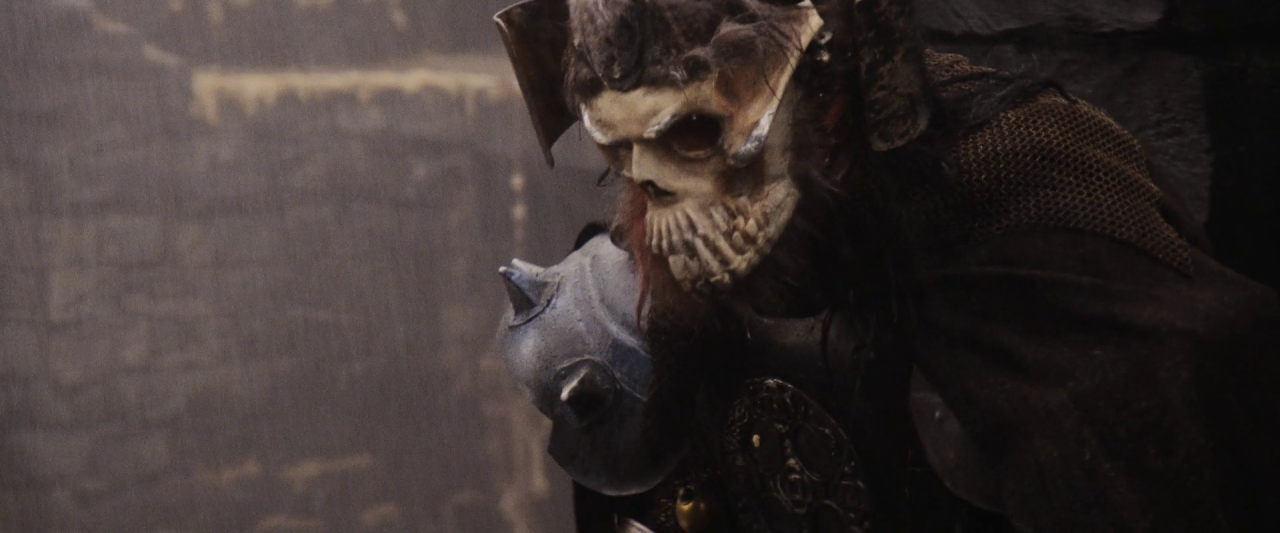
Filmmakers have feelings just like anybody else, and particularly scathing reviews by critics can hurt those feelings – leading them to seek (light-hearted) revenge. A good example of this can be found in Willow, where George Lucas named several of the movie’s baddies after prominent pundits who had taken shots at his recent projects.
General Kael, Bavmorda’s right-hand man and leader of her armies, is a reference to noted New Yorker critic Pauline Kael.
Likewise, the two-headed dragon was christened “the Eborsisk” after Roger Ebert and Gene Siskel – although this moniker only appears in the script and related media, and isn’t spoken aloud in the film itself.
12 Nearly All Of The Magic Spells Were Animated By Hand
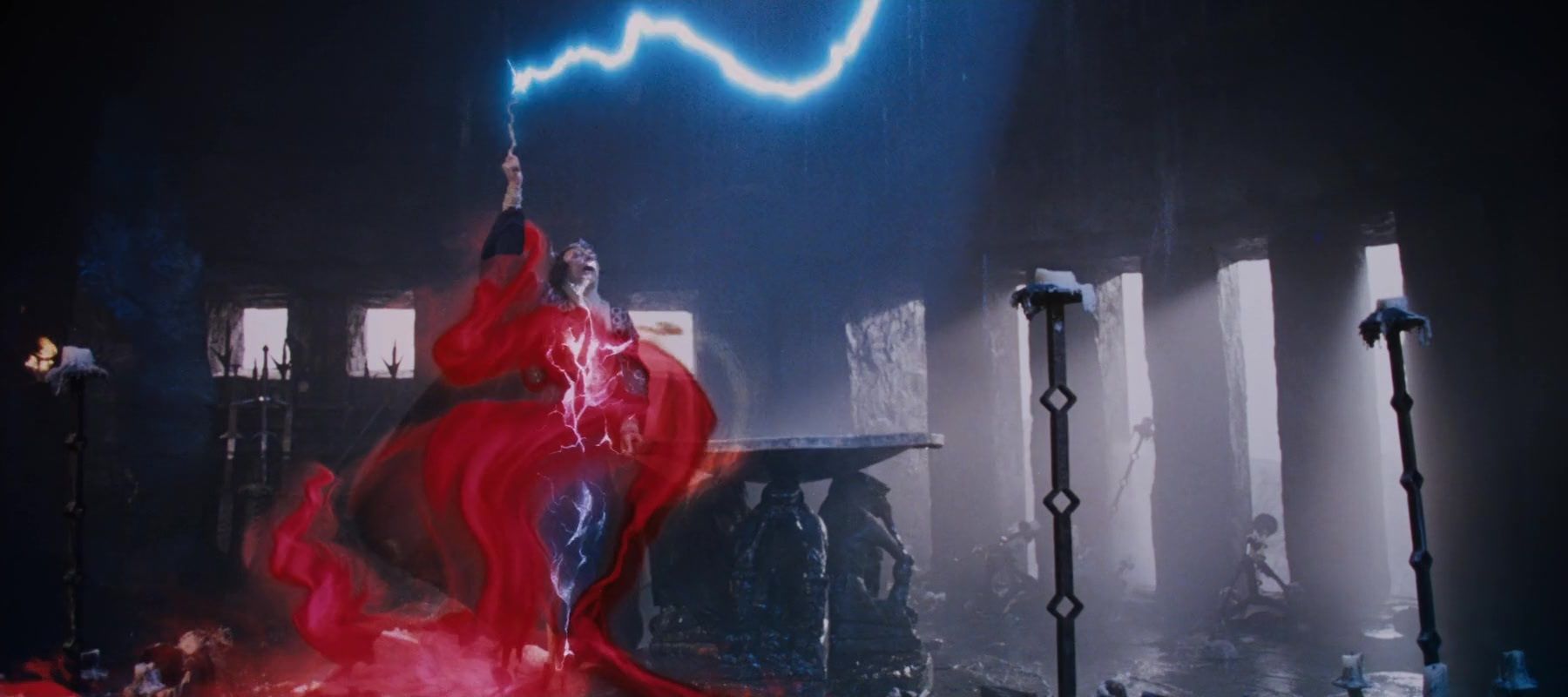
Much of Willow's visual effects relied heavily on non-digital techniques. This meant that nearly all of the spells and other supernatural goings on – which would be achieved relatively simply with CG effects today – needed to be painstakingly rendered by hand by artists.
Every time you see magic at play – even something as simple as a glowing wand – remember: a visual effects artist had to paint that into every single frame. What’s more, they had to ensure that the aesthetic of each otherworldly occurrence was consistent, not just throughout a single scene, but across the entire movie itself!
11 The struggle with the Brownies
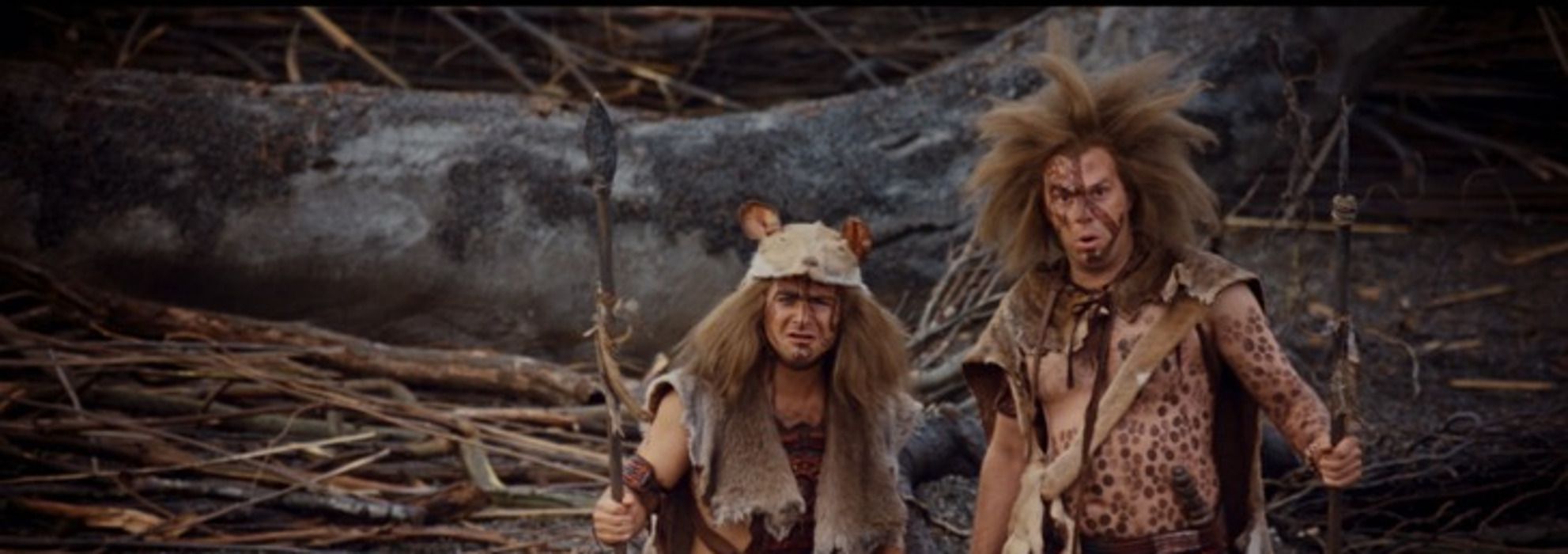
While Willow and his fellow Nelwyn aren’t exactly the tallest folk in the land, they look positively gigantic compared to the pint-sized Brownies. These feisty critters provide much of the comic relief in Willow, but they were anything but a laughing matter for the visual effects artists working on the film.
The Brownies needed to be composited into any scene that featured them interacting with other characters, which necessitated extensive blue screen filming.
More challenging still was figuring out how shots of the Brownies walking alongside their much taller co-stars would work, considering their much smaller gait and slower pace.
10 Production Costs Were $100,000 A Day

The budget for Willow was impressive for its time at $35 million – which equated to production costs of between $50,000 - $100,000 per day. When several critics voiced their displeasure over what they saw as George Lucas’ excess, he hit back, arguing that this is simply the cost involved with making a high quality fantasy epic.
According to Lucas, cast and crew airfares alone clocked in at $1 million, and he and director Ron Howard “squeeze[d] every nickel” they could out of the remaining cash available. What’s more, Lucas pointed out that in order for Willow to even turn a profit, an expensive marketing campaign had to be paid for, and lucrative licensing deals negotiated.
9 Critics hated the trailer
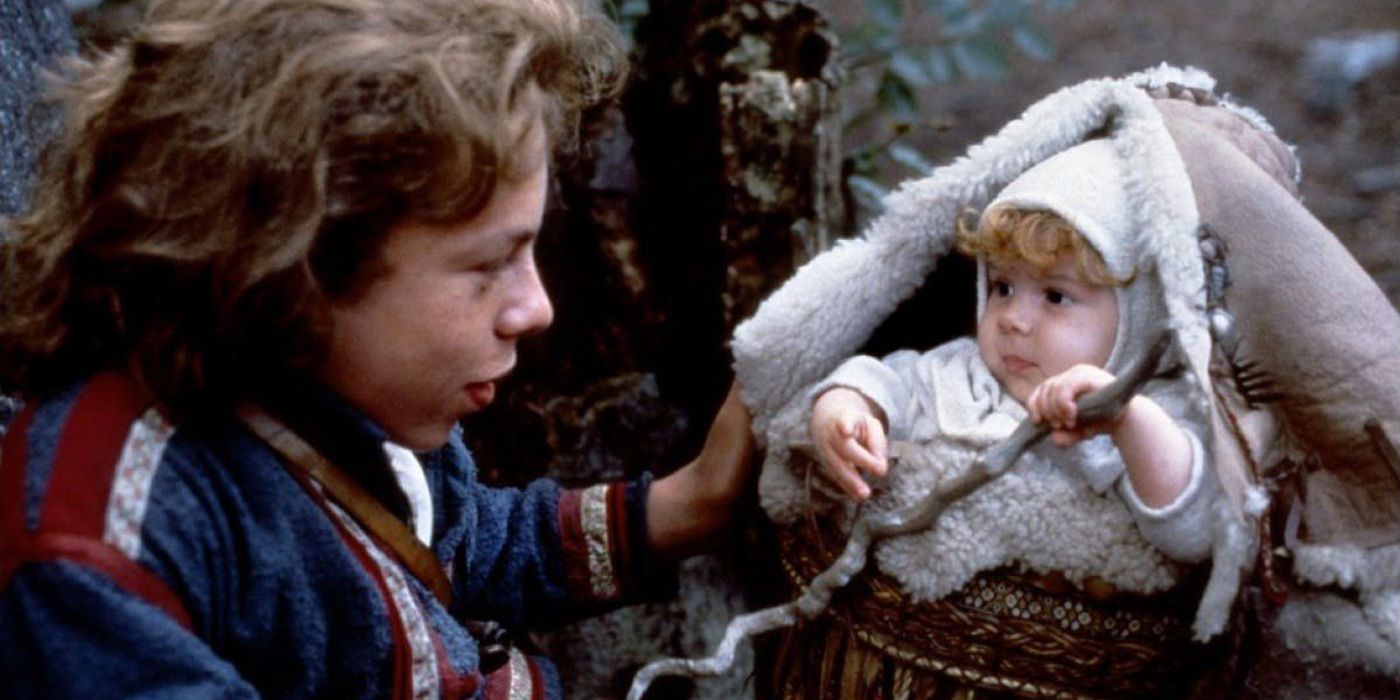
Before it even arrived in cinemas, Willow found itself in the unpleasant position of being on the back foot with critics. What got their back up?
The film’s trailer was ridiculed for being overblown and pompous.
Featuring an ominous cloudscape and trumpeting the credentials of both George Lucas and Ron Howard, this was a seriously misjudged promotional effort. True, Lucas at least vetoed the studio’s original choice of narrator – allegedly because of the borderline Biblical connotations these vocals evoked – but this still wasn’t enough to save the trailer overall.
8 The story came from Return Of The Jedi
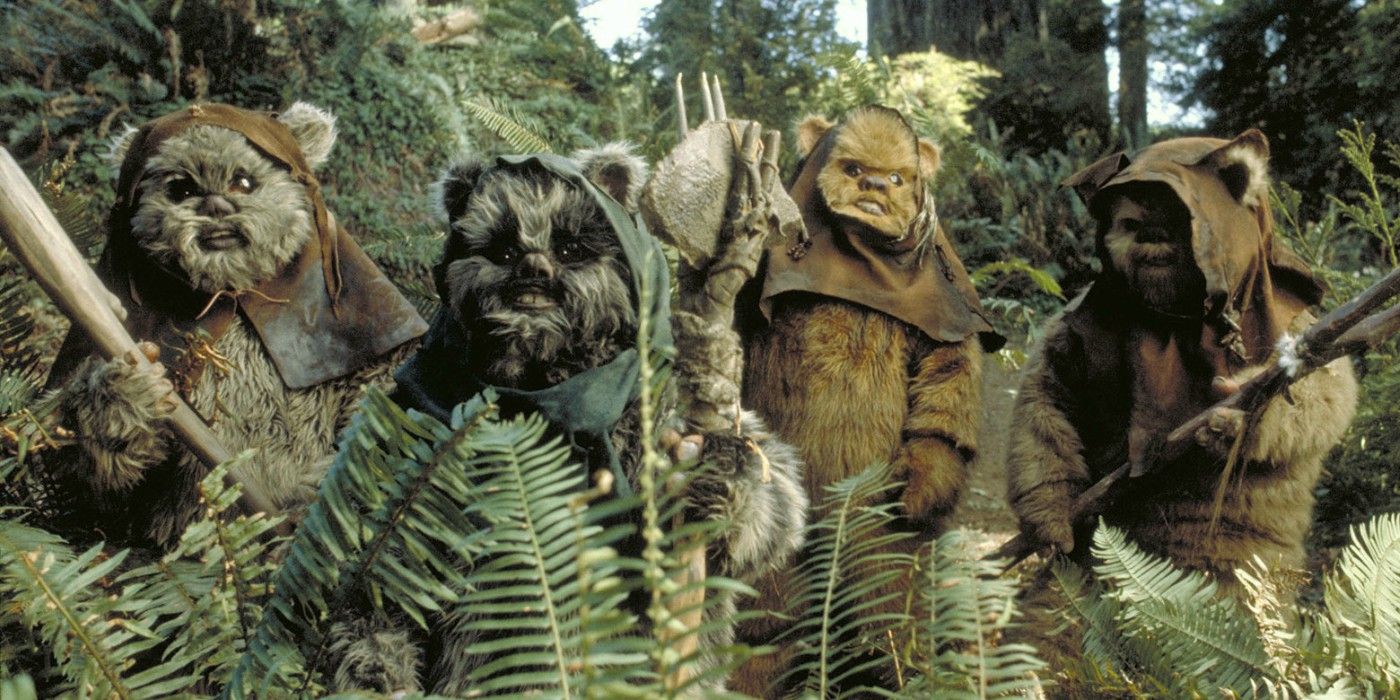
Ask any filmmaker, and they’ll tell you that many of their best ideas for future movies come to them while they’re still hard at work on their current project. So it was with Willow, which George Lucas dreamed up midway through production of Return of the Jedi.
As related in Marcus Hearn’s The Cinema of George Lucas, the general gist of Willow – initially known as Munchkins – was first devised by Lucas in 1972. However, it wasn’t until a decade later, during principal photography on the third Star Wars installment, that things really started to take shape.
7 Many Of The Set Pieces Were Drastically Simplified
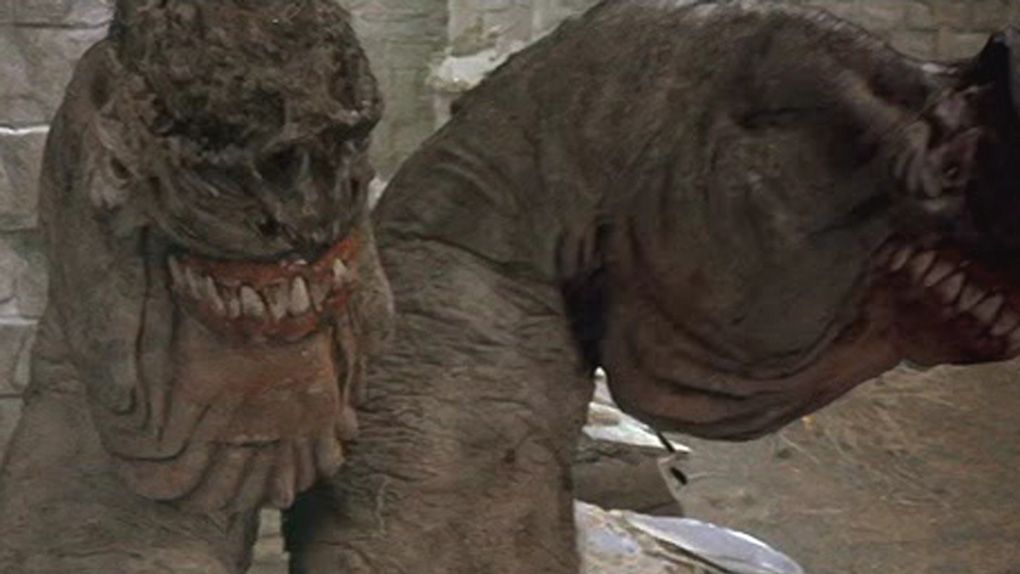
It’s not uncommon for the set pieces in a movie’s script to be scaled back once production gets underway – once pesky concerns like budgetary and technological constraints rear their head. This was especially pronounced on Willow, with many of the more fantastical elements in the story steadily simplified along the way.
Take the battle with the Eborsisk dragon, for example.
It was initially set in a maze-like cave, with our heroes confronting several other obstacles before their showdown with the fire-breathing beastie. Over time, this was gradually distilled down to the Eborsisk emerging from a moat instead of a cave, and the fight itself was severely truncated.
6 The Groundbreaking Digital Morphing Techniques
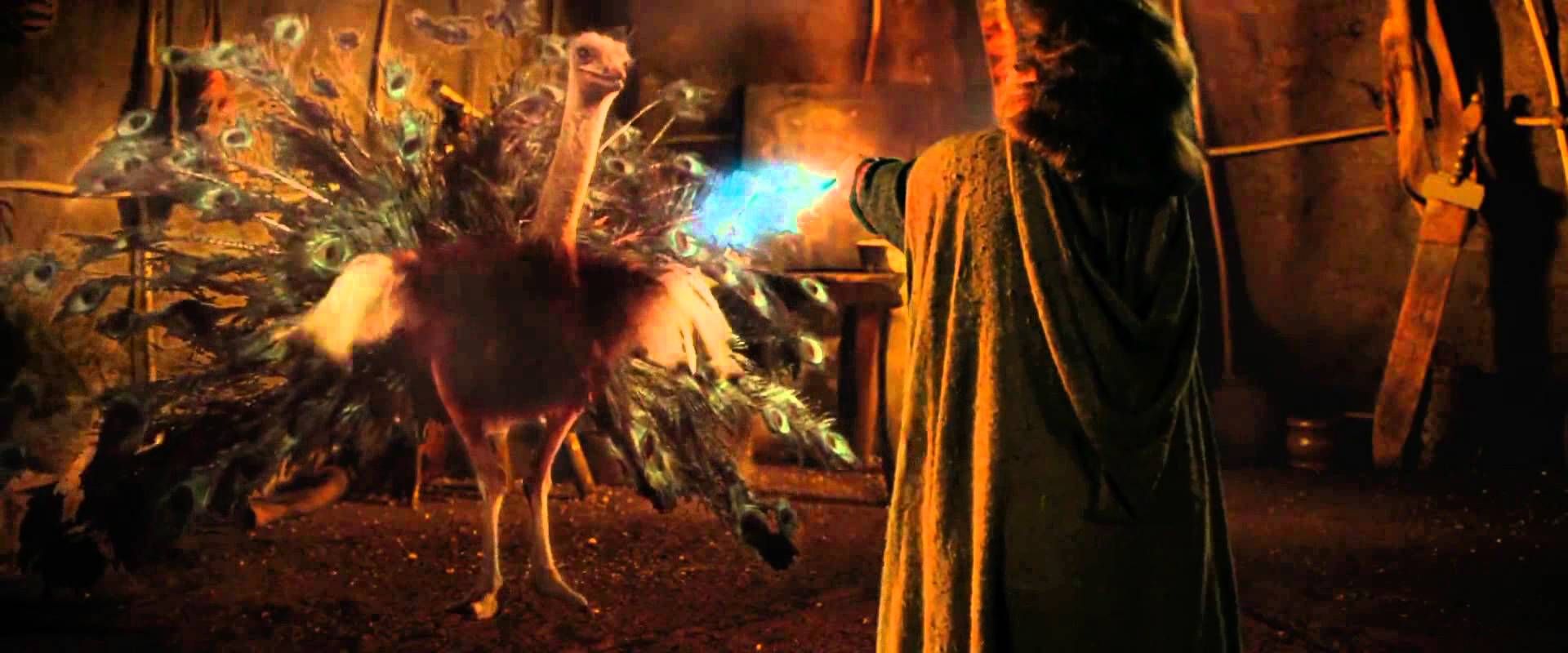
One of the most memorable scenes in Willow sees our diminutive hero cast a spell upon Fin Raziel to return her to human form, after she has been transformed into a goat. Unfortunately, Willow hasn’t quite got the hang of magic yet, and the elderly sorceress first takes on the shape of several other animals.
This might not seem like a very difficult visual effect to achieve by modern standards, but back in the '80s, it caused Denis Muren and his team of effects artists considerable headaches. After abandoning the idea of using either stop-motion animation or optical dissolves, Muren settled on pioneering digital morphing techniques, a breakthrough in the development of CGI technology.
5 George Lucas Had To Wait Until Technology Caught Up to the Movie's VFX
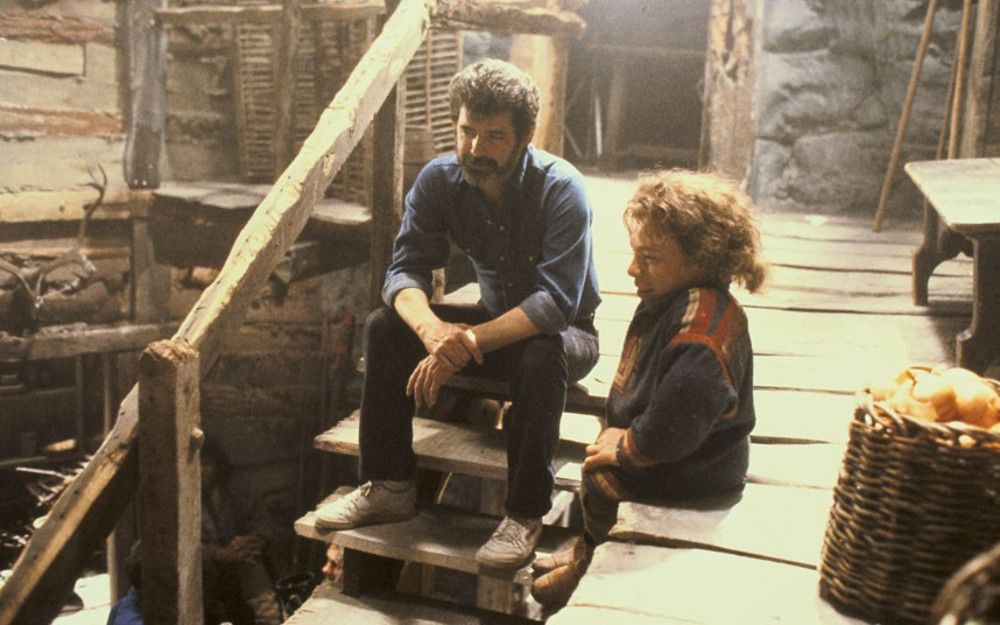
When George Lucas commenced work on the Star Wars prequels, it was because he felt confident that visual effects technology had at last caught up to his vision for a galaxy far, far away. This wasn’t the first time that Lucas delayed production on a project owing to technological limitations – he also waited to kick-off Willow for much the same reason.
Willow dates back to 1972, but Lucas didn’t really start to get the ball rolling until 1982.
Even then, it would be five more years until principal photography started. At this point, Lucas believed that practical effects, stop motion animation and nascent CGI could realize his new fantasy world.
4 Why Willow is short
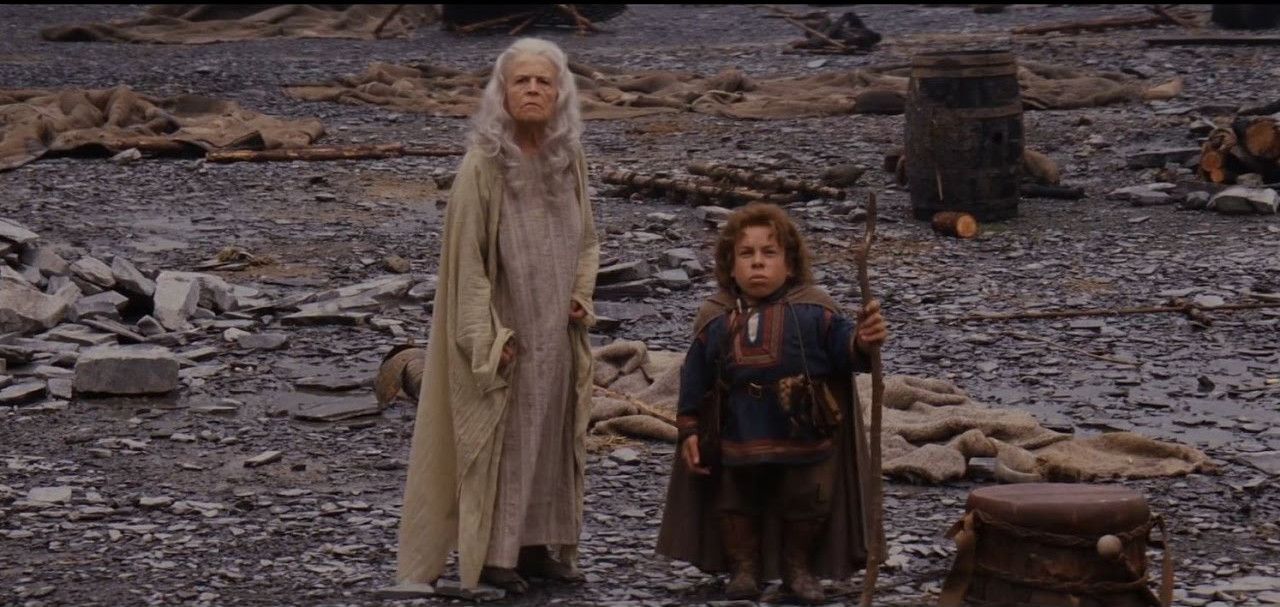
Over the course of his filmmaking career, George Lucas has repeatedly explored many of the same themes. Of these, one that he finds most fascinating is the idea of “the little guy versus the system” – and in Willow, this trope takes center stage in a deliberately literal fashion.
According to The Cinema of George Lucas by Marcus Hearn, Willow’s short stature was intentionally designed to visually symbolize his underdog status. And after all, what could be more unlikely that a seemingly helpless little person bringing down the regime of an evil sorceress?
3 Seven Different Scripts
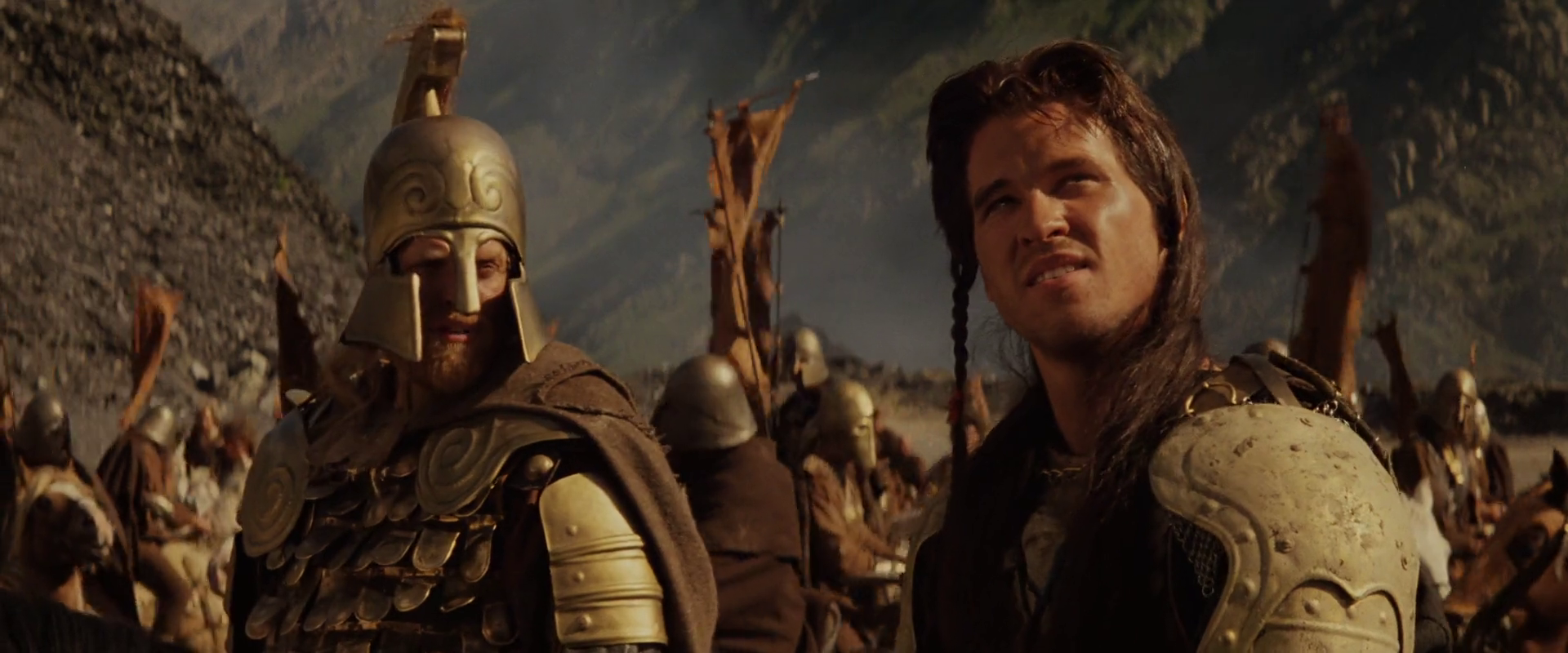
As described in Marcus Hearn’s The Cinema of George Lucas, the screenwriting process on Willow began in the spring of 1986 and wrapped up in fall of the same year. Brought onboard by director Ron Howard, scribe Bob Dolman spent this time fleshing out the basic plot outline originally developed by George Lucas. Dolman didn’t waste any time, either. The writer knocked out seven iterations of the Willow script in total.
There was one initial screenplay and six subsequent redrafts.
After the seventh version was completed, both Howard and Lucas were satisfied with this incarnation of the story, and pre-production began in earnest.
2 Additional Shooting Was Undertaken In The Forest Surrounding Skywalker Ranch

Principal photography on Willow lasted for approximately seven months, and took place in both the United Kingdom and New Zealand. Interior scenes were filmed at Elstree Studios in England, while the location shooting was conducted in Wales and New Zealand.
But that doesn’t mean no shooting occurred in North America. On the contrary, according to Mythmaker: The Life and Work of George Lucas by John Baxter, a number of sites in the United States played host to additional filming. Perhaps the most notable of these was the wooded area surrounding Skywalker Ranch, which was able to convincingly substitute for the other natural environments used.
1 James Horner Quoted Existing Musical Pieces In The Score
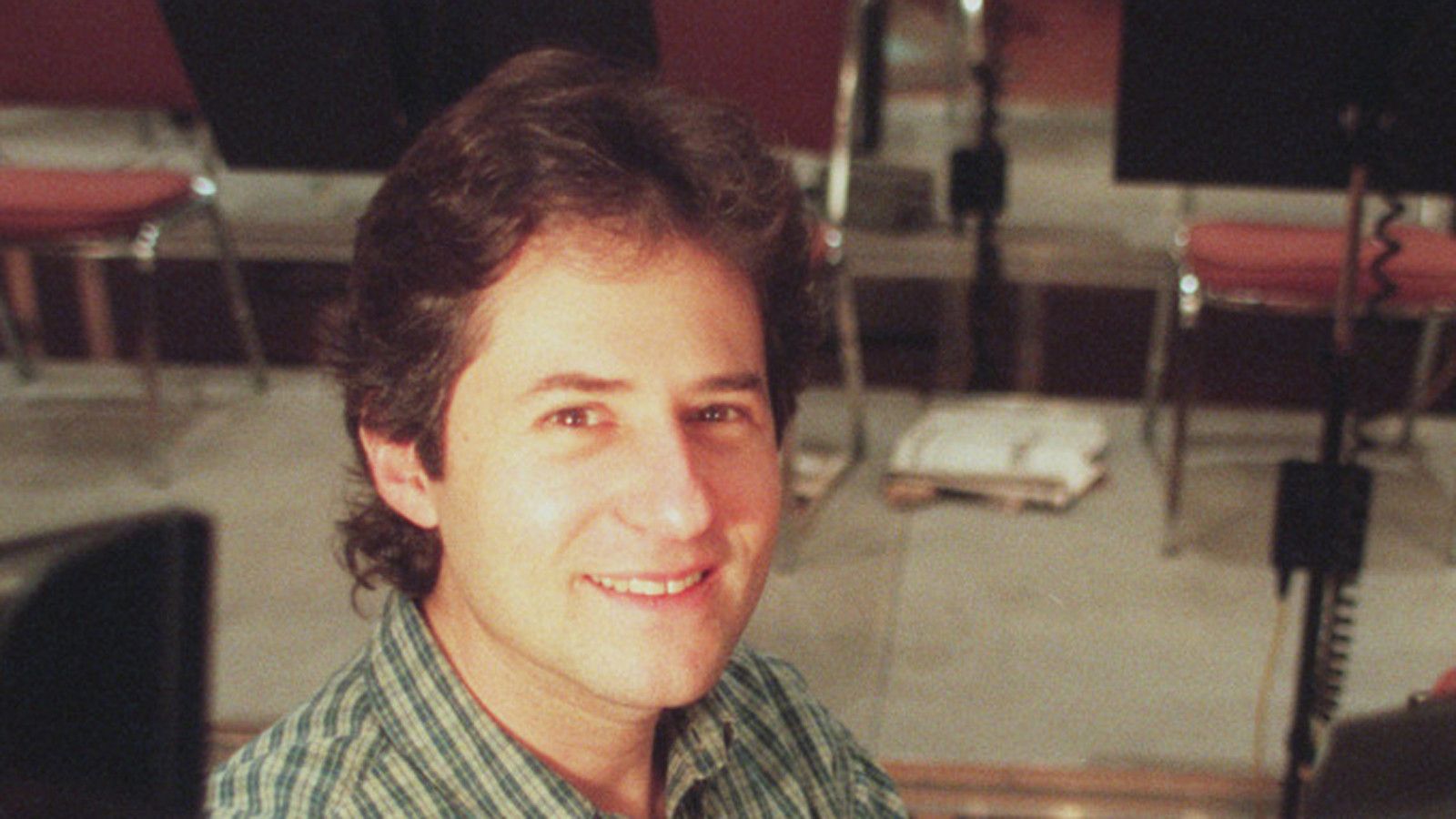
Composers occasionally incorporate snippets from existing musical compositions by other musicians into their own scores, which is something that James Horner did on Willow. Indeed, Horner quotes a wide variety of music spanning several genres (and centuries) in the film’s soundtrack, to enhance its spiritual aspects.
Of these, the most noteworthy include Mozart’s Requiem, Leos Janacek's Glagolitic Mass, and Mir Stranke Le, a Bulgarian folk song. Other influences that music buffs will recognize are Symphony No. 3 by Robert Schumann, Arabian Dance by Edvard Grieg, and several of Sergei Prokofiev’s compositions.
---
What are some other crazy behind the scenes details from the making of Willow? Let us know in the comments!
from ScreenRant - Feed https://ift.tt/2QJEKOG


0 Comments